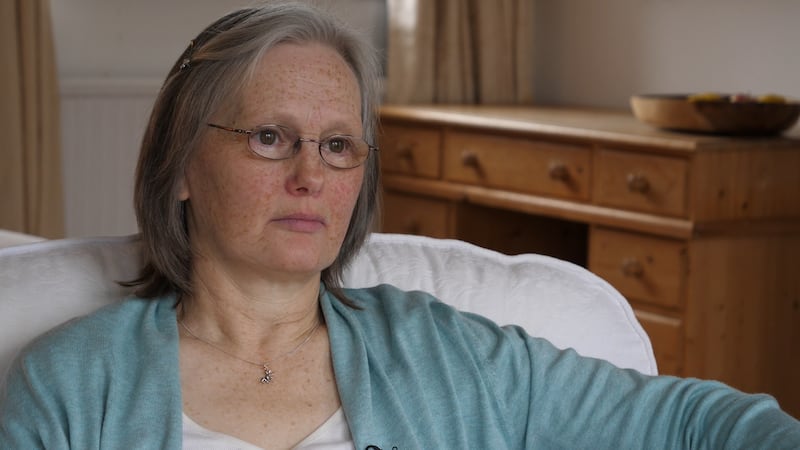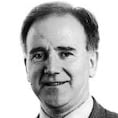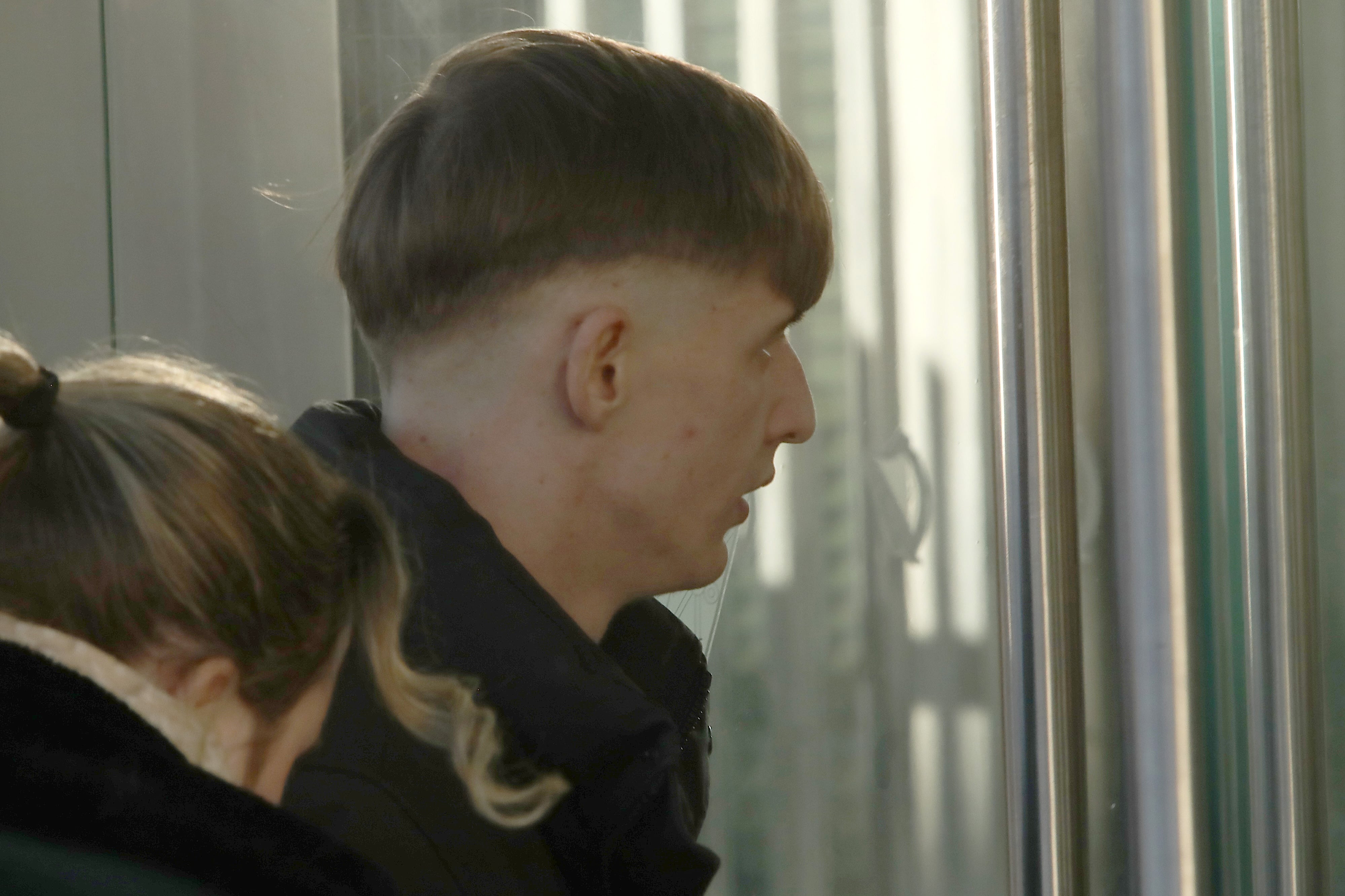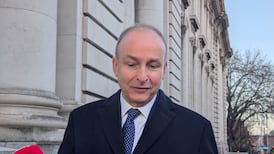Bishop Eamonn Casey was repeatedly given the benefit of the doubt by the Catholic Church and others in power. There had been several accusations made against the former bishop of Galway while he was still alive. Casey, who fathered a child with Annie Murphy in the early 1970s, had always denied the accusations of sexual abuse.
He was never convicted in the criminal courts. He had been questioned by gardaí, but never charged.
The Vatican moved so far as to pull Casey from public ministry for the last 12 years of his life, but it repeatedly declined to either expel or exonerate him. There were compensation payments made and confidentiality agreements signed.
But yet, Casey died with outstanding allegations of child abuse made against him, all of which he denied.
READ MORE
This is what is argued in the RTÉ documentary, Bishop Casey’s Buried Secrets, made in association with the Irish Mail on Sunday newspaper.
The documentary disclosed that “four people independently accused bishop Casey of child sexual abuse and another child safeguarding concern was also recorded against him.” This includes his niece Patricia Donovan who has spoken about the sexual abuse and rape allegations for the first time.
Canon lawyer Fr Aidan McGrath told the programme that “disciplinary measures” had been taken by the Vatican where Casey was concerned. “Whether they were punitive or not, I would doubt it. An allegation, ultimately, until there’s evidence to back it up, is not proof. Until he’s proven guilty of something he’s given the benefit of the doubt. And it looks as if that’s what happened.”
[ Bishop Casey’s Buried Secrets review: ‘He had no fear of being caught’Opens in new window ]
Before Casey’s death in 2017 it was publicly known that he faced child sex abuse allegations involving three girls. An Garda Síochána and the Church authorities were notified by Limerick diocese after it received the complaints in 2001, in 2005, and the third in 2014. One involved Ms Donovan, another involved the deceased woman Ellen Murphy, and the identity of the third woman making allegations has not been revealed publicly.
After his death another woman made an allegation of child sex abuse against him, and the child safeguarding concern about him came to light.
Presented with all allegations by the programme, Ian Elliott, who put in place the child protection measures currently being implemented by the Catholic Church throughout the island of Ireland, described Casey as a “sexual predator”.
Ms Donovan was interviewed at length in the programme. In November 2005, she first made allegations that he had sexually abused her as a child from the age of five.

On November 27th, 2005, Mass-goers at his parish church of Our Lady of Fatima, in Staplefield, West Sussex, were told of the allegations and his standing aside from ministry. They were also told he had moved to other premises, pending a return to Ireland to deal with the allegations.
In January 2006, gardaí interviewed Ms Donovan, then living in England. In February of that year Casey returned to Ireland and was based at Shanaglish in Co Galway. In early August 2006 he was interviewed by gardaí for six hours in connection with the 13 allegations made against him by Ms Donovan.
On August 28th, 2006, he was told by gardaí that, following their investigation, there would be no charges. He expressed surprise at the speed with which that decision was made. “I thought it would take another five or six months at least,” he said at the time.
When authorities in Arundel and Brighton notified him in November 2005 about the allegations being made by Ms Donovan, he informed then child protection officer there, Fr Kieran O’Brien, (according to a diocesan document) that “that there was another historical case dealt with by his solicitors in Dublin.”She made a claim through the Residential Institutions Redress Board and was awarded compensation.
The woman in this instance was the late Ellen Murphy who had been in a residential institution for children in Limerick as a child. She was the other accuser named in the programme and alleged that Casey abused her in the 1950s when she was 15 and at St Joseph’s reformatory in Limerick where he was chaplain. In 2001 she initiated High Court proceedings against him.
She also applied to the Redress Board, set up to compensate people who had been in residential institutions as children. She was offered €40,000 and as much again in legal fees.
She had the choice of accepting the award or rejecting it and continuing with her High Court action. She decided to accept the award. She never made a formal complaint to the gardaí about her alleged abuse by Casey.
In another case, probably involving the person described as “unwilling or unable to speak” in the documentary, (as it said the remaining two accusers “have yet to be identified”), Limerick diocese paid €100,000 in a 2019 High Court settlement over alleged abuse by Casey when he served as a curate in St John’s Cathedral in Limerick from 1955 to 1960.
Casey’s funeral Mass in Galway Cathedral was concelebrated by 11 bishops and 61 priests with Bishop of Clonfert and more than 1,600 people were in attendance.
He was celebrated in death as he had been in life.
- Sign up for push alerts and have the best news, analysis and comment delivered directly to your phone
- Join The Irish Times on WhatsApp and stay up to date
- Listen to our Inside Politics podcast for the best political chat and analysis












